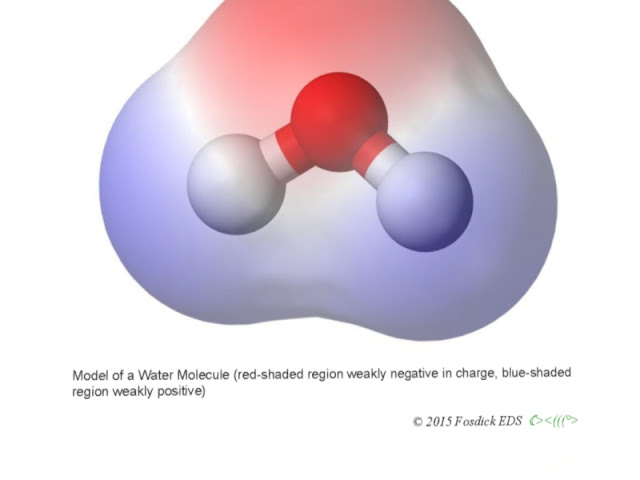ENCORE PRESENTATION
“Astrobiology and the search for microbial life”
By Jim Woods, USA
When: Saturday, May 6th
Time: 10 AM PDT
In Voice
In Voice
Astrobiology and the search for microbial life:
Introduction to astrobiology and the scientific search for evidence of microbial life beyond Earth, especially on moons in the solar system. Review, with questions welcome, the very real and exciting possibility of finding such life in the fairly near future, and its far-reaching implications. For a general audience, brief discussion of key basic principles in areas of microbiology, physics and chemistry that drive, inform and focus the search.
 Fosdick / Jim Woods is a patent lawyer with teaching experience and a background in physics, microbiology and environmental science who has done graduate research relating to extremophile bacteria.
Fosdick / Jim Woods is a patent lawyer with teaching experience and a background in physics, microbiology and environmental science who has done graduate research relating to extremophile bacteria.
Where
We have had a nice presentation by Fosdick.
Reference:http://fosdicksastrobiology.com/
Reference:http://fosdicksastrobiology.com/
Introduction.
Story list from his own website.
Amino acid molecules from classic experiment by Miller-Urey.
The possibility of life developing in increments over time, or evolving, naturally from non-living matter.
Water is the only solvent for life as known on Earth
Liquid water may well be essential for life beyond Earth. Some of the basic pertinent physics behind liquid phase water. A phase diagram for water, including ranges for Earth and Mars
A myriad of essential, complex molecules for Earth-based life are formed by carbon joined with other elements, including oxygen, hydrogen and nitrogen
Life on Earth is primarily based on six elements
Carbon is the “backbone” element for life on Earth
Honey – high in glucose, a sugar. The simple carbohydrate molecule of glucose is oxidized for energy by most life on earth
A little more than 1/5 of that entire atmosphere is elemental oxygen, the main source of which is photosynthesis by cellular life
Europa is strongly evidenced as having subsurface oceans of liquid water.
Titan has a dense, nitrogen-rich atmosphere that includes organic compounds.
Enceladus harbors a large, salty subsurface liquid water ocean.A model of possible cryovolcanism.

Archaebacteria as depicted in high magnification , are an ancient type of microbe that includes methanogens.
One area of astrobiology includes the search for intelligent life beyond earth.
From the 1997 movie, “Contact”
From the 1997 movie, “Contact”
The Search for Extraterrestrial Intelligence (SETI) includes the use of radio telescopes.
The waterhole is the frequency band between 1420 and 1666 megahertz. Two foam of water HO and H is essential to all life on Earth.



















0 件のコメント:
コメントを投稿